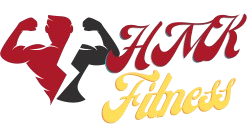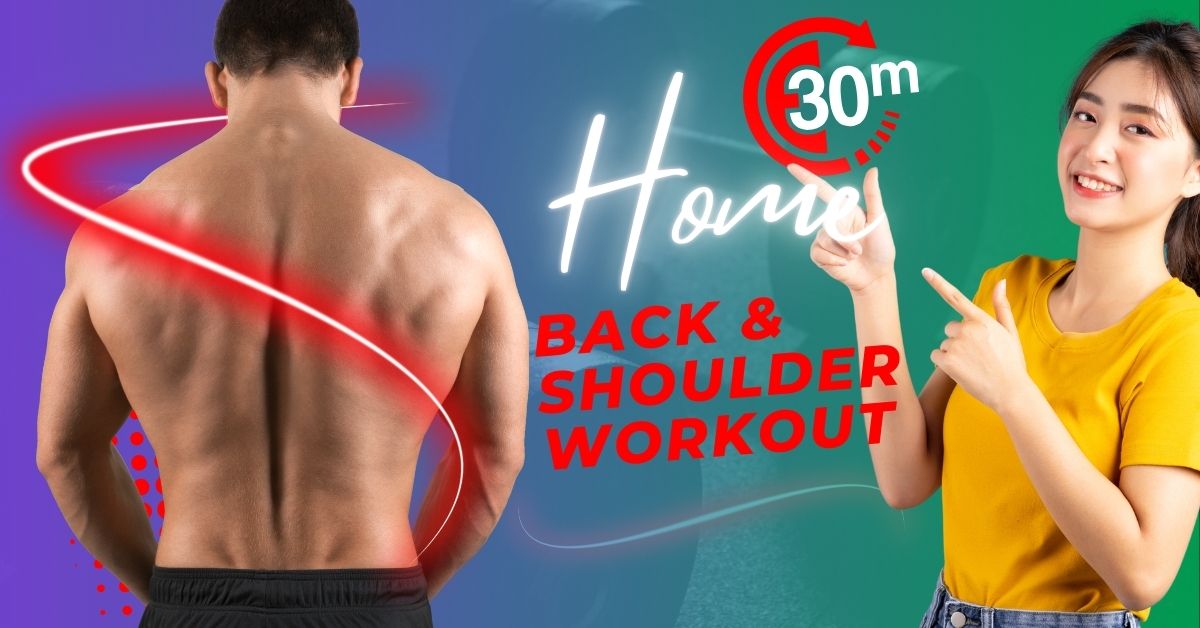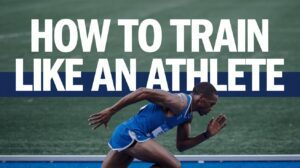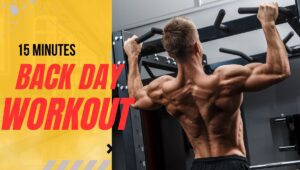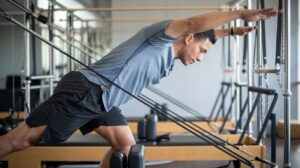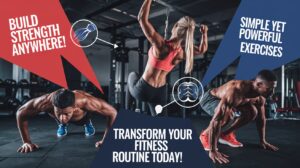Table of Contents
ToggleIntroduction:
Know about the back and shoulder workouts at home.The back and shoulders are considered to be the most important parts of the body that help to achieve proportions. Aesthetics are reached better by developing the skin of our back as it maintains a great bodily posture, which contributes to a fit body. The same applies to the shoulders, as broad shoulders enhance a person’s look and are great for many upper-body activities. But what if you have no gym? Worry not! There is no need to be intimidated; you can use the right exercises and routine at home to achieve great results.
This article will show the most efficient workout aimed at these muscle groups, which can be performed at home, using only your body weight or an expander for additional load. There is something in this guide that will help you, regardless of whether you are a beginner or more advanced.
Warm-Up: Preparing Your Muscles:
Warming up is very important before performing any activity. It helps her eyes get a better blood supply, there is less chance of injury, and performance improves. They are really simple, so let me tell you how to initiate them.
Why Warm-Ups Are Essential:
An appropriate warm-up helps to prepare the muscles for the forthcoming heavy actions, relaxes inactive joints, and safely boosts heart rate. This is one step that must not be overlooked because neglecting this act may cause sprains or injuries, which may set you back in your progress.
Useful Warm-up Exercises:
Arm Circles: Stand straight with feet shoulder-width apart and arms sideways to the body. Move arms in small, circular motions and gradually make bigger, larger circles with them. This will prepare the shoulder girdle for the ensuing exercises.
Shoulder Shrugs: Raise shoulders to ears and lower them after a while. This is the possibility of shoulder movement focused on the upper trapezius and the upper back region.
Cat-Cow Stretch: Kneeling on the mat, lift your body, make an arc (cat position), and repose the position in a rounded manner (cow position). This dynamic stretch is superb for warming the spine and back muscles because of its articulated motion.
Bodyweight Exercises for Back and Shoulders:
Bodyweight exercises offer a great way to enhance strength without needing any equipment. Below, discover some of the most impactful exercises:
Push-Ups:
Push-ups are a staple in any home workout routine, targeting your shoulders, chest, and triceps.
How Push-Ups Target the Shoulders and Upper Back: By adjusting your hand placement, you can shift more emphasis onto your shoulders and upper back.
Variations: Regular, Wide-Grip, and Pike Push-Ups:
Regular Push-Ups: Great for overall upper body strength.
Wide-Grip Push-Ups: Target the shoulders more intensely.
Pike Push-Ups: Mimic a shoulder press, focusing on the deltoids.
Superman Exercise:
This exercise focuses on the lower back, helping to build strength and stability.
Strengthening the Lower Back: Lie face down, extend your arms in front of you, and lift your arms and legs off the ground simultaneously. Hold for a few seconds before lowering.
Proper Form and Technique: Keep your neck neutral and avoid overextending your back to prevent strain.
Plank to Downward Dog:
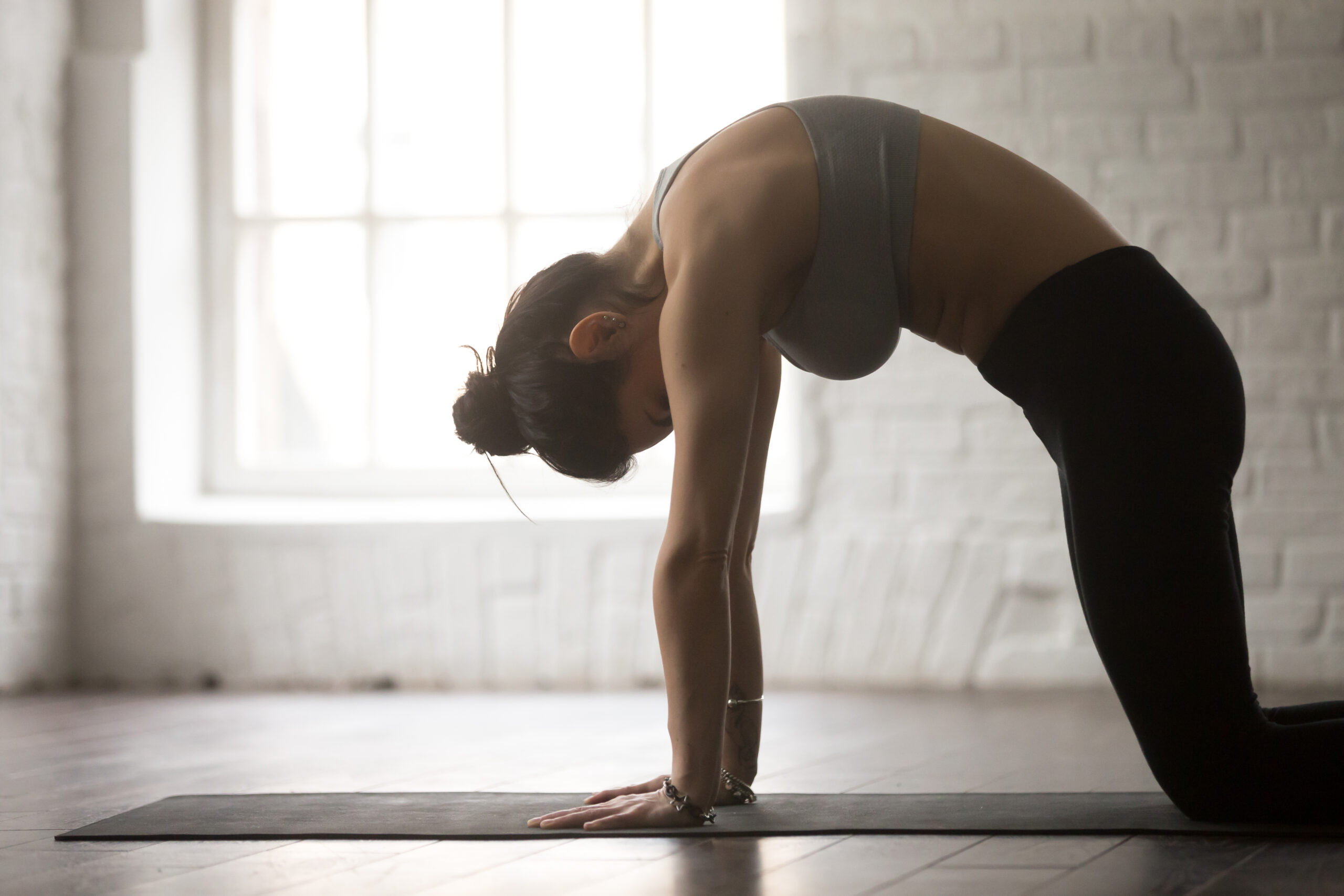
This move is excellent for engaging the shoulders and upper back while also working on core stability.
Engaging the Shoulders and Upper Back: Start in a plank position, then push your hips up and back into a downward dog pose, feeling the stretch in your shoulders and back.
Step-by-Step Guide: Hold the plank position for a few seconds, then transition into downward dog, holding for a few seconds before returning to the plank.
Resistance Band Exercises:
Resistance bands are incredibly versatile and perfect for home workouts, offering resistance that can be adjusted to your fitness level.
Resistance Band Rows:
This exercise targets the upper and mid-back, which is essential for posture and pulling strength.
Targeting the Upper and Mid-Back:
- Attach the band to a secure point.
- Hold the handles.
- Pull them towards your torso, squeezing your shoulder blades together.
How to Perform with Correct Posture: Keep your back straight and avoid leaning back as you pull.
Face Pulls:
Face pulls are excellent for the rear deltoids and upper back, often neglected in many workouts.
Activating the Rear Deltoids and Upper Back: Pull the band at head height towards your face, keeping your elbows high.
Tips for Maximum Effectiveness: Focus on the squeeze at the top of the movement for maximum muscle engagement.
Lateral Raises with Resistance Bands:
This exercise enhances shoulder width and strength, giving you that broad, powerful look.
Enhancing Shoulder Width and Strength:
- Place your feet shoulder-width apart on the band.
- Hold the handles.
- Lift your arms out to the sides until they reach shoulder height.
Common Mistakes to Avoid:
Avoid lifting too high or using momentum—this can lead to shoulder impingement.
Dumbbell Exercises:
Having a pair of dumbbells at home allows you to elevate your workout with these exercises.
Dumbbell Rows:


Dumbbell rows are fantastic for building back thickness, focusing on the lats and traps.
Building Back Thickness: Bend over on a bench (or chair) with one hand, holding a dumbbell in the other hand. Pull the dumbbell toward your hip while maintaining a straight back.
Single-Arm Row Variations: Try both standing and bent-over positions to vary the muscle engagement.
Shoulder Press: The shoulder press is a timeless exercise that helps build shoulder mass and strength.
Developing Shoulder Mass and Strength: Press the dumbbells overhead, starting from shoulder height and fully extending your arms.
Seated vs. Standing Shoulder Press: Seated presses isolate the shoulders more while standing presses also engage the core for stability.
Dumbbell Shrugs:
This exercise targets the traps, which are essential for a strong upper back and neck.
Focusing on Traps and Upper Back: Hold the dumbbells by your sides and shrug your shoulders towards your ears.
Proper Form and Technique: Avoid rolling your shoulders—this can strain the joints.
Advanced Bodyweight Exercises:
Once you’ve mastered the fundamentals, you can push yourself with more advanced exercises.
Pull-Ups:
Pull-ups are one of the most effective exercises
It is used to develop upper body strength, especially in the back and shoulders.
Different Grips and Their Benefits: Depending on the grip you use, you can target different muscles. A wide grip focuses more on the lats, while a closer grip emphasizes the biceps and middle back.
Alternative Options if You Don’t Have a Pull-Up Bar: If you don’t have a Pull-Up Bar, you can use a sturdy door or even a tree branch. Another option is performing inverted rows using a table.
Handstand Push-Ups:


Handstand push-ups are the ultimate test of shoulder strength, requiring balance and control.
Ultimate Shoulder Strength Challenge: This advanced exercise tests your shoulders as you push your body weight overhead.
Progressions for Beginners: Start with wall-supported handstands and gradually lower your range of motion until you can perform a full handstand push-up.
Stretching and Cool-Down:
After working your muscles, it’s essential to cool down and stretch, which aids in recovery and prevents soreness.
Importance of Post-Workout Stretching:
Stretching reduces muscle stiffness, improves flexibility, and enhances blood flow, aiding muscle recovery.
Effective Stretching Routines:
Child’s Pose: This is a great stretch for the lower back and shoulders. Kneel on the floor, Sit back on your heels, and extend your arms forward, lowering your chest towards the floor.
Shoulder Stretch: Cross one arm across your chest, pressing it closer to your body using the opposite hand. Hold for 20-30 seconds, then switch sides.
Cat-Cow Stretch: This dynamic stretch, mentioned in the warm-up, is also effective as a cool-down to relieve tension in the spine and back muscles.
Designing Your Workout Routine:
To see significant progress, it’s crucial to structure your workouts effectively.
Structuring a Balanced Back and Shoulder Routine:
A balanced routine should include exercises that target all parts of the back and shoulders, including the upper, middle, and lower back, as well as the front, middle, and rear deltoids.
Frequency and Intensity for Optimal Results:
Frequency: Aim to train your back and shoulders 2 to 3 times per week, with at least 48 hours between sessions for recovery.
Intensity: Start with a manageable intensity, gradually increasing the weight or resistance as your strength improves. Ensure you’re working to fatigue in each set, but not to the point of compromising form.
Mixing Up Exercises to Avoid Plateaus:
Variety is key to continued progress. Regularly change your exercises, the order in which you do them, and very the number of sets and reps to challenge your muscles and avoid plateaus.
Common Mistakes and How to Avoid Them:
Despite your best intentions, certain mistakes can hinder your progress or even lead to injury.
Overtraining the Shoulders:
The shoulders are involved in many upper body exercises, so it’s easy to overtrain them. Allow adequate recovery time and avoid training shoulders on consecutive days.
Neglecting the Lower Back:
While the upper back often gets plenty of attention, it’s essential to pay attention to the lower back. Exercises like Superman and back extensions should be regular parts of your routine.
Poor Form and Its Consequences:
Using improper form, especially with exercises like the shoulder press or rows, can lead to injuries and muscle imbalances. Always prioritize form over the amount of weight you’re lifting.
Nutrition Tips for Muscle Growth:
To maximize the benefits of your workout, proper nutrition is essential.
Importance of Protein and Healthy Fats:
Protein is the building block of muscle, therefore ensure you’re consuming enough to support muscle repair and growth. Healthy fats are also crucial as they help with hormone production, including testosterone, which plays a key role in muscle building.
Hydration and Its Role in Muscle Recovery:
Staying hydrated is crucial for muscle recovery and performance. Dehydration can lead to muscle cramps and decreased strength, so drink plenty of water throughout the day, especially around your workouts.
Pre- and Post-Workout Nutrition:
Pre-Workout: A small meal or snack containing carbs and protein 1-2 hours before your workout can fuel your performance.
Post-Workout: After your workout, consume a meal or shake rich in protein and carbs within 30 minutes to kickstart muscle recovery.
Tracking Your Progress Tracking workouts is probably the best way to ensure you make headway and remain motivated.
Keeping a Workout Journal A workout journal helps keep records of every workout, including the types of exercises done, the number of sets/reps, and the weights used. After some time, you will also notice how you improve and what you need to do more.
Measuring Strength Gains Different variables can be used to measure strength gains, such as weight lifted, repetitions completed, and the power to do more complex exercises.
Adjusting Your Routine as You Improve In case you get stronger, it’s important to change your routine and keep on making your muscles work out. This way, the load applied and the number of sets can be increased, or new movements can be included.
The Mental Aspect of Home Workouts Exercising at home has its own problems, especially in terms of progress.
Without a Gym, When there is no gym to head to, no environment, and no energy present, it is easy to lapse from workouts. Make a point of having a particular part of the house for this purpose, setting time for it every day, and remembering your aims.
Setting Achievable Goals:
When you have small but attainable objectives, you are less likely to drift off course and more likely to feel a sense of achievement upon successfully meeting that objective. Whether it’s perfecting a new move or lifting more weight than your previous best, each objective that you achieve should be regarded as progress.
Celebrating Small Wins:
Only postpone festivities until the day when you have achieved the goal you have set yourself. Remember to find moments to appreciate and savor the accomplishments, even when they seem small, such as doing an intense workout or getting a new personal record.
Safety Considerations:
It is important to consider safety considerations in all workout procedures, and most importantly, when one is doing the exercises at home without a trainer to supervise the session.
Listening to Your Body:
You must monitor how your body feels during and after your workouts. Any acute pain or unusual sensation means it’s time to quit and evaluate why it’s happening.
Avoiding Common Injuries:
Most injuries during workouts are caused by bad form, doing too much too soon, and not warming up the muscles properly. By concentrating on how you do things, being patient enough to rest fully, and warming up properly, you are unlikely to injure yourself.
The Importance of Rest Days:
It is worth understanding that rest days are as critical as workout days. Rest days are the days when the muscles are allowed time to rest and build further strength, thereby preventing overuse injuries.
Conclusion:
The convenience of back and shoulder workouts at home is that they are efficient in terms of offering flexibility and convenience without compromising results. We can enhance our strength and tone our muscles even in the living room by performing body weight, band, and dumbbell exercises. Do warm-ups as required, avoid injuries, do exercises properly, and remain disciplined during the workouts until the end. Nonetheless, even though the exercises do not need to get out of the apartment, there will be some noticeable changes in the strength of the back and shoulders with the right exercises and determination.
FAQs:
Can I Build Significant Muscles Without Weights?
Yes, you can build muscle with bodyweight exercises, especially if you focus on progressive overload by increasing the difficulty of the exercises over time.
How Long Should My Workout Last?
A typical back and shoulder workout can last between 30 and 60 minutes, depending on your fitness level and the number of exercises you include.
What If I Don’t Have Any Equipment at All?
You can still get a great workout using bodyweight exercises like push-ups, planks, and handstand push-ups. You can add resistance by changing the angle or slowing down the movements.
How Do I Know If I’m Overtraining?
Signs of overtraining include persistent fatigue, a drop in performance, irritability, and prolonged muscle soreness. It’s essential to listen to your body and allow adequate recovery time.
What’s the Best Way to Warm Up?
The best warm-up includes dynamic movements that mimic the exercises you’ll be performing. This could involve arm circles, shoulder shrugs, and light cardio to get your blood flowing.
